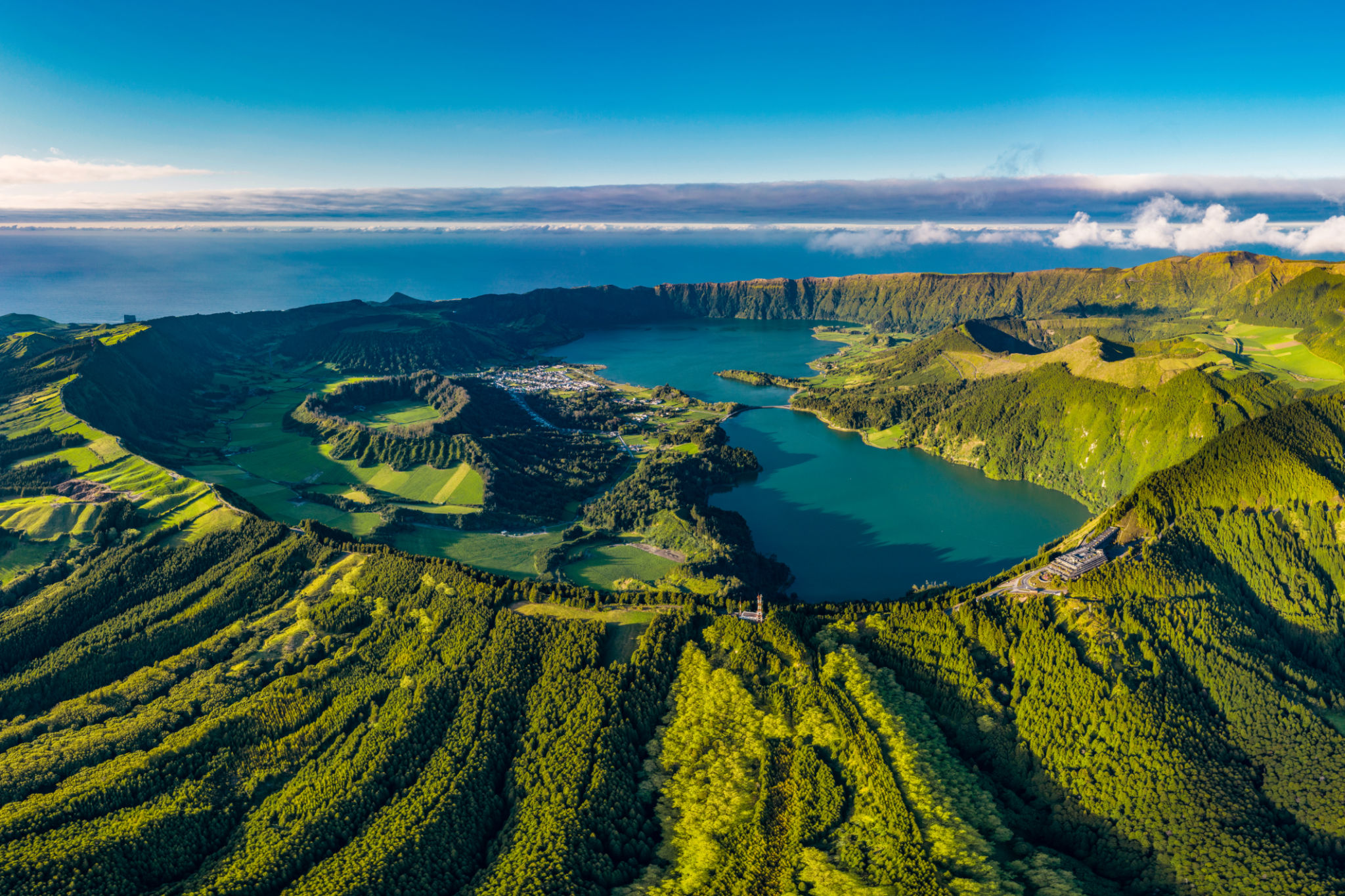Understanding the Role of Climate in Architectural Design in Portugal
The Influence of Climate on Architectural Design
Portugal, a country renowned for its rich history and stunning landscapes, also boasts a diverse climate that significantly influences its architectural styles. From the sun-drenched southern Algarve to the cooler, rainier northern regions, architects must consider various climatic factors when designing buildings to ensure they are both functional and sustainable.
The Mediterranean climate prevalent in most parts of Portugal is characterized by hot, dry summers and mild, wet winters. This presents unique challenges and opportunities for architects. By understanding the local climate, architects can create designs that maximize natural light and ventilation while minimizing energy consumption.

Passive Design Strategies
Incorporating passive design strategies is essential in regions with distinct seasonal variations. These strategies focus on optimizing the building's orientation, insulation, and thermal mass to naturally regulate temperature. For instance, using thick walls made from local materials can help keep homes cool in the summer and retain heat during the winter months.
Additionally, strategic placement of windows and shading devices can significantly reduce the need for artificial heating and cooling. By allowing ample sunlight during the colder months and providing shade in the summer, architects can enhance energy efficiency and comfort for residents.

Adapting to Regional Variations
The northern regions of Portugal, such as Porto and Braga, experience more rainfall and cooler temperatures compared to the south. Architects in these areas often incorporate steeper roof pitches to facilitate water runoff and prevent moisture buildup. Additionally, these designs often feature larger windows to capture the limited sunlight during winter months.
Conversely, in the Algarve region, flat roofs are more common as they provide additional outdoor living spaces and are better suited to handle the minimal rainfall. This adaptability highlights the importance of tailoring architectural designs to fit regional climatic conditions.

Modern Innovations in Sustainable Design
As sustainability becomes increasingly important, architects in Portugal are adopting modern technologies to complement traditional design principles. Solar panels, rainwater harvesting systems, and green roofs are becoming more prevalent, contributing to reduced environmental impact and energy costs.
Furthermore, the use of locally sourced materials not only supports the local economy but also minimizes transportation emissions. This approach aligns with global sustainability goals while respecting Portugal's unique cultural and environmental context.
The Future of Climate-Conscious Architecture
As climate change continues to impact weather patterns globally, the role of climate in architectural design will only grow in importance. In Portugal, architects are at the forefront of creating innovative solutions that blend traditional wisdom with modern technology to build resilient and sustainable structures.
By continuing to prioritize climate-conscious design, Portugal can set an example for other countries facing similar challenges. This commitment not only preserves the country's architectural heritage but also ensures a sustainable future for generations to come.
